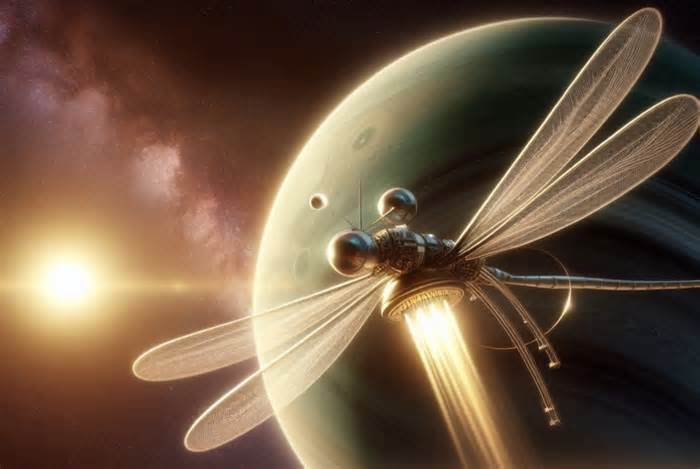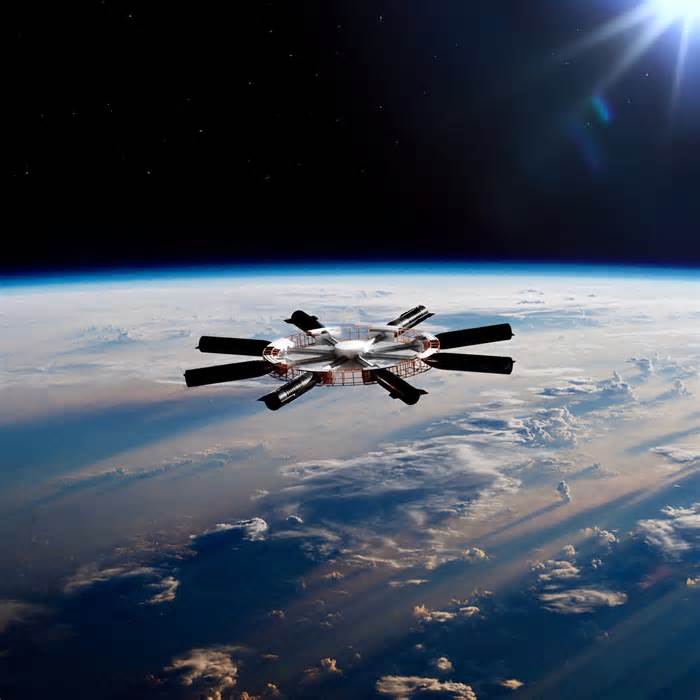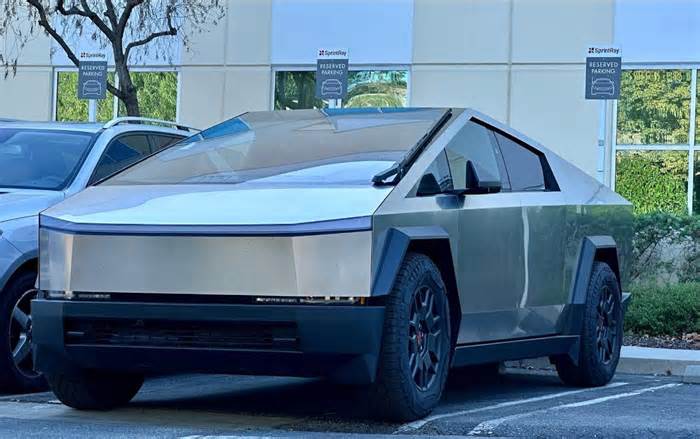
NASA selects SpaceX to send a $3.35 billion nuclear-powered helicopter to Saturn
- by TweakTown
- Nov 26, 2024
- 0 Comments
- 0 Likes Flag 0 Of 5

Nov 26, 2024 3:02 AM CST
1 minute & 45 seconds read time
TL;DR: NASA has selected SpaceX's Falcon Heavy rocket to launch the Dragonfly spacecraft to Saturn's moon Titan, aiming to investigate signs of life. The mission, costing $3.35 billion, will launch in July 2028, with Dragonfly spending 2.5 years on Titan. The mission's budget has increased significantly from its initial $1 billion estimate in 2019.
NASA has announced it will be choosing SpaceX's Falcon Heavy rocket to send its Dragonfly spacecraft to one of Saturn's many moons. The goal will be to investigate the moon for any signs of ancient or current life.
2 SpaceX launches Starlink's new direct-to-cell (DTC) technology, seamless global coverage
The space agency took to its blog on its official website to announce it has selected SpaceX to power its $3.35 billion mission to Saturn's massive moon Titan. The mission will involve the use of SpaceX's Falcon Heavy launch vehicle, which was also used as a means of transportation for NASA's Psyche and Europa Clipper missions. As for what SpaceX will be getting out of that $3.35 mission budget, NASA writes the contract with the launch provider as a firm-fixed-price contract that has a value of approximately $256.6 million, which includes all launch services and other mission-related costs.
As for what Dragonfly will achieve, NASA plans on launching the car-sized rotorcraft to Titan in July 2028. Dragonfly will spend six years getting to Titan, where it will land and then go from location to location, testing samples of materials it collects. Titan was selected as a location because it is the only known body beyond Earth that hosts stable liquids, meaning it could be possible the environment is capable of supporting life. Notably, Dragonfly is a nuclear-powered rotorcraft that will spend approximately 2.5 Earth years on the surface of Saturn's moon.
"Dragonfly centers on novel approach to planetary exploration, employing a rotorcraft-lander to travel between and sample diverse sites on Saturn's largest moon. With contributions from partners around the globe, Dragonfly's scientific payload will characterize the habitability of Titan's environment, investigate the progression of prebiotic chemistry on Titan, where carbon-rich material and liquid water may have mixed for an extended period, and search for chemical indications of whether water-based or hydrocarbon-based life once existed on Saturn's moon," writes NASA
Lastly, NASA's budget for this mission has ballooned since it was first announced in 2019, where it's cost was capped at $1 billion. Additionally, the initial launch target was 2027. A delay of approximately 1 year (likely more given the track record for space missions), seems to have cost more than double the initial estimate.
Best Deals: BOOZUU SpaceX Falcon-Heavy Rocket Building Set
Today
Please first to comment
Related Post
Stay Connected
Tweets by elonmuskTo get the latest tweets please make sure you are logged in on X on this browser.
Sponsored
Popular Post
Middle-Aged Dentist Bought a Tesla Cybertruck, Now He Gets All the Attention He Wanted
32 ViewsNov 23 ,2024
Tesla: Buy This Dip, Energy Growth And Margin Recovery Are Vastly Underappreciated
28 ViewsJul 29 ,2024






 Energy
Energy



















